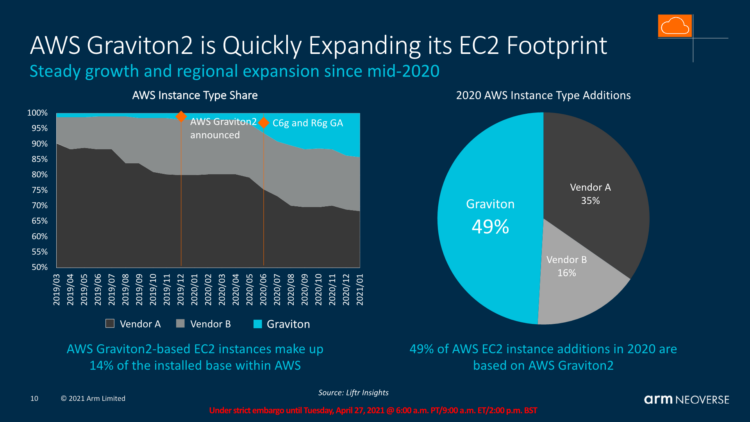ARM unveils new chip design for high-performance computing

ARM, the British semiconductor and software design company, has announced its latest chip design, the ARM v1 n2 HPC-Takahashi. This new chip is specifically designed for high-performance computing (HPC) applications, offering improved performance and power efficiency for demanding workloads. With this release, ARM aims to further expand its presence in the HPC market and provide a compelling alternative to traditional x86-based processors.
Enhanced performance and power efficiency
The ARM v1 n2 HPC-Takahashi chip boasts several key features that make it an attractive option for HPC applications. Firstly, it is built on ARM’s latest architecture, which incorporates advanced microarchitecture techniques to deliver enhanced performance. The chip includes multiple cores, each capable of executing simultaneous threads, enabling efficient parallel processing. This makes it well-suited for computationally intensive tasks such as scientific simulations, data analytics, and machine learning.
Furthermore, the ARM v1 n2 HPC-Takahashi chip incorporates advanced power management techniques, allowing it to strike a balance between performance and energy consumption. This is crucial for HPC applications that require sustained high-performance while minimizing power consumption and heat dissipation. By optimizing power efficiency, ARM aims to address the growing demand for energy-efficient computing solutions in data centers and supercomputing facilities.
Expanding ARM’s presence in the HPC market
With the introduction of the ARM v1 n2 HPC-Takahashi chip, ARM is making a strategic move to expand its presence in the HPC market. Traditionally dominated by x86-based processors from Intel and AMD, the HPC market has seen increasing interest in alternative architectures that offer better performance and power efficiency.
ARM’s chip design provides a compelling alternative to x86-based processors, leveraging its expertise in low-power mobile device architectures. The ARM v1 n2 HPC-Takahashi chip brings the benefits of ARM’s architecture to the HPC domain, offering improved performance and power efficiency compared to traditional processors. This opens up new possibilities for HPC applications, enabling researchers and scientists to tackle complex problems more efficiently.
Conclusion
ARM’s latest chip design, the ARM v1 n2 HPC-Takahashi, represents a significant step towards expanding ARM’s presence in the high-performance computing market. With its enhanced performance and power efficiency, this chip offers a compelling alternative to traditional x86-based processors for HPC applications. As the demand for energy-efficient computing solutions continues to grow, ARM’s entry into the HPC market is timely and could potentially reshape the landscape of high-performance computing.





